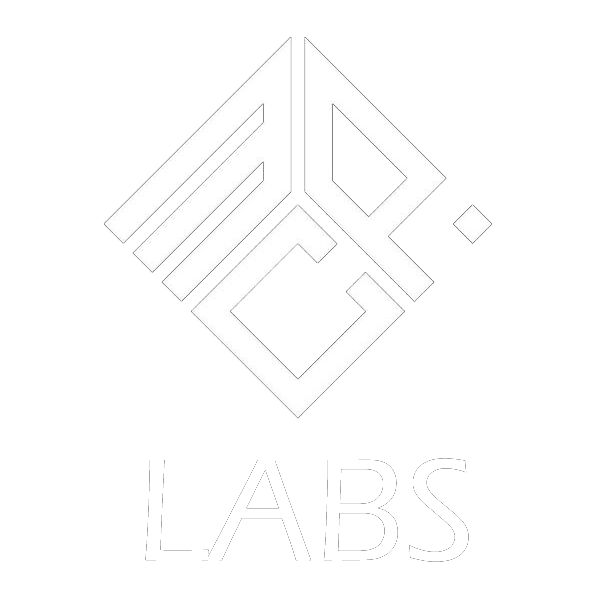K2 Think Is Set to Revolutionize AI Model Efficiency

Introduction
K2 Think emerges as a groundbreaking innovation in the landscape of AI, serving as a testament to the advancements in open-source AI systems equipped with advanced reasoning capabilities. Developed by the Mohamed bin Zayed University of Artificial Intelligence (MBZUAI), K2 Think positions itself uniquely with its 32-billion parameter architecture, addressing the growing demand for efficient AI models that can outperform larger counterparts. The modern tech landscape underscores the significance of AI model efficiency, which K2 Think exemplifies through its streamlined performance metrics and sophisticated design, pushing the frontier of what open-source AI systems can achieve.
The main keyword K2 Think is no mere addition to the AI toolkit; it epitomizes a forward leap in AI model efficiency, a feature critical in a world that increasingly relies on AI solutions to automate and optimize complex tasks. As businesses and industries continue to migrate towards AI, the call for models that offer high performance while maintaining efficiency becomes crucial. K2 Think’s development and deployment highlight the pressing need and capability to strike this balance, offering a model that is not only powerful but also accessible to a broader audience.
Background
Open-source AI systems have revolutionized the field of artificial intelligence by promoting accessibility, collaborative development, and transparency. Open-source AI allows researchers and developers worldwide to contribute to and benefit from cutting-edge technology, leading to more rapid advancements and greater innovation. In particular, the importance of AI model efficiency cannot be overstated. Efficient models harness computational resources effectively, deliver superior performance, and minimize environmental impacts associated with large-scale computations.
K2 Think’s architecture emphasizes parameter efficiency, a critical design element that MBZUAI has meticulously crafted. While typical AI models may continue to expand in size, becoming cumbersome and resource-intensive, K2 Think stands as a paradigm shift, showcasing how thoughtful parameter utilization can maintain, or even enhance, model performance. This approach highlights MBZUAI’s commitment to pioneering advanced AI reasoning, as demonstrated through their innovative design strategies in K2 Think, allowing it to outperform significantly larger models, with implications spanning various industries from technology to education source.
Current Trends in Open-Source AI
The AI domain is witnessing a surge in efficiency-focused innovations, crucial for businesses aiming to leverage AI technologies without incurring excessive computational costs. This trend is evident in the evolution of open-source AI systems, where K2 Think sets itself apart through efficiency and performance. In contrast to larger models that often necessitate massive computational power, K2 Think achieves remarkable results with significantly fewer resources, showcasing an astute approach to AI reasoning.
Comparatively, large-scale AI models such as GTP-like systems have historically dominated due to their immense parameter sizes and resultant capabilities. However, these models often suffer from inefficiencies that pragmatic and svelte models like K2 Think circumvent. The prowess of K2 Think, particularly in math reasoning benchmarks, not only challenges these giants but also encourages a shift towards accessible, collaborative AI solutions. These trends reflect a broader movement in AI development, where smaller, more efficient models offer a compelling alternative by reducing barriers and enhancing collaboration potential across various sectors.
Advanced AI Reasoning Insights
K2 Think’s revolutionary success lies in its advanced AI reasoning, particularly regarding its sophisticated training and inference strategies. By leveraging integrative methods, K2 Think optimally balances parameter size and complexity, ensuring robust performance. This strategic harmony allows it to achieve accolades like outperforming models 20 times its size in competitions such as AIME, where it scored 90.83 on AIME’24 source.
One can draw an analogy to Kepler’s laws of planetary motion, where the orbits of planets are optimally efficient paths shaped by gravity. Similarly, K2 Think’s optimization strategies ensure that every parameter is thoughtfully employed, enhancing its processing power without unnecessary expansion. The model’s competitive performance is not merely due to its size but stems from a confluence of advanced, integrative techniques that elevate its inference and decision-making capabilities.
Future Forecast: The Next Steps for AI Efficiency
As AI continues to permeate every facet of modern life, models like K2 Think pave the way for future development characterized by robust efficiency and adaptability. The evolution of open-source AI is poised to maintain momentum, with expectations that models will become increasingly accessible, enabling broader industry adoption and innovation.
The implications of enhanced AI model efficiency are profound, with potential impacts across education, technology, healthcare, and beyond. These sectors stand to gain exponentially from cost-effective, powerful AI systems that democratize access to advanced technologies. Looking forward, K2 Think and similar models are anticipated to set the benchmark for future AI reasoning systems, emphasizing not only performance but also sustainability and scalability.
Call to Action
For those invested in the frontiers of AI development, exploring K2 Think provides a compelling glimpse into the future of efficient, open-source AI. Its capability to blend superior performance with parameter efficiency makes it a notable candidate for further exploration. Readers are encouraged to delve deeper into its advancements and implications, perhaps starting with the insightful analysis provided by the Marktech Post article.
Explore related topics on open-source systems and AI model design. Join the discourse, and consider how you can contribute to the evolving narrative, ensuring that AI remains a tool for innovation and societal benefit.
